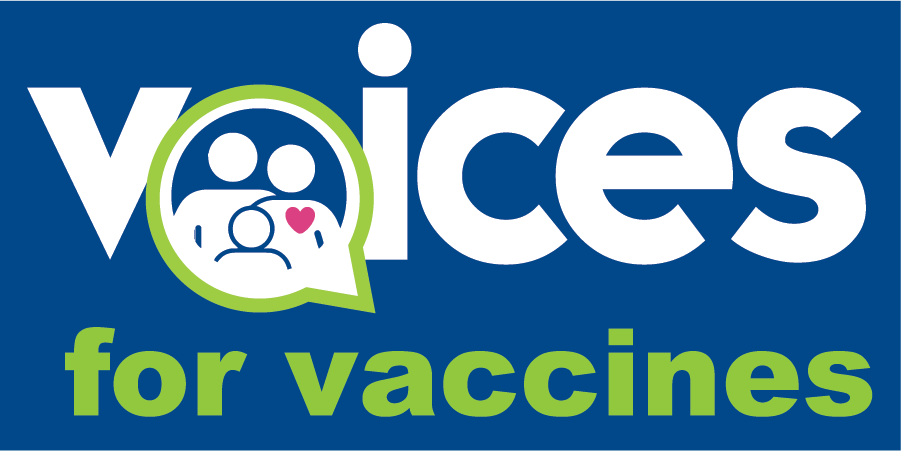The Claim:
In a Tweet so poorly written that it is nearly funny, a tech millionaire perhaps asserts that 94% of people over 65 in the UK have died. The article he links to asserts that 94% of COVID deaths were in those who had received four doses of COVID vaccines.
The Facts:
Over 11 million people were 65 years old in the UK in 2021. Have over 9 million of them died without the world noticing? No. And the article he references also does not make that assertion.
So let’s tackle the assertion from the article: that 94% of COVID deaths were among the double-boosted.
The Office of National Statistics (ONS), where this data originated, shows that since COVID boosters became available in September 2021, monthly mortality rates for COVID-19 have consistently been lower for individuals who received a third dose or booster in the last 21 days compared to those who are unvaccinated or have only received one or two doses. Similar trends are seen for those who received a fourth dose or an extra booster in the spring 2022.
The claimant falls into the trap of the base-rate fallacy: when a person ignores the probability that someone is vaccinated in the first place. For example, by the end of August 2022, over 93.6% of all people 12 years and up have had at least one dose of the COVID vaccine. The vaccination rate was even higher among those who are both older and more likely to die from COVID infection.
Comparing the raw numbers of COVID cases rather than the rate of COVID infection by vaccine status, it seems there are more cases in the vaccinated population than in the unvaccinated population. But that is one way to make the numbers lie. The rate of infection, or what proportion of people died from COVID, shows that you are much more likely to catch (and die) from COVID if you are unvaccinated.


